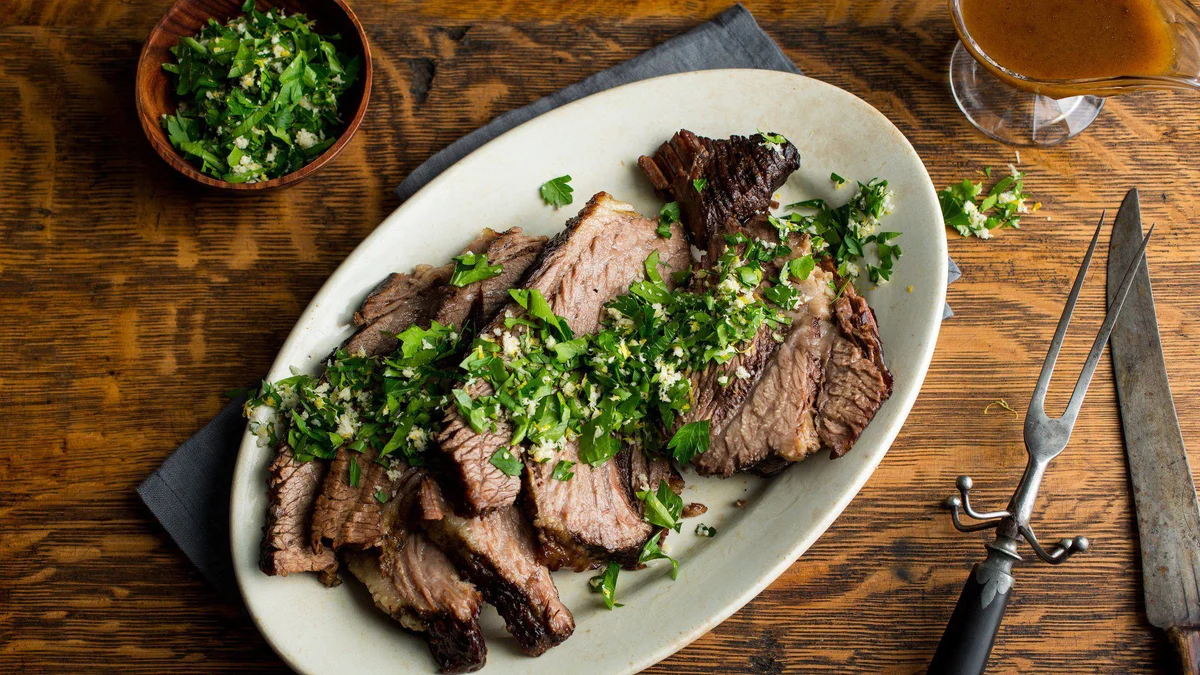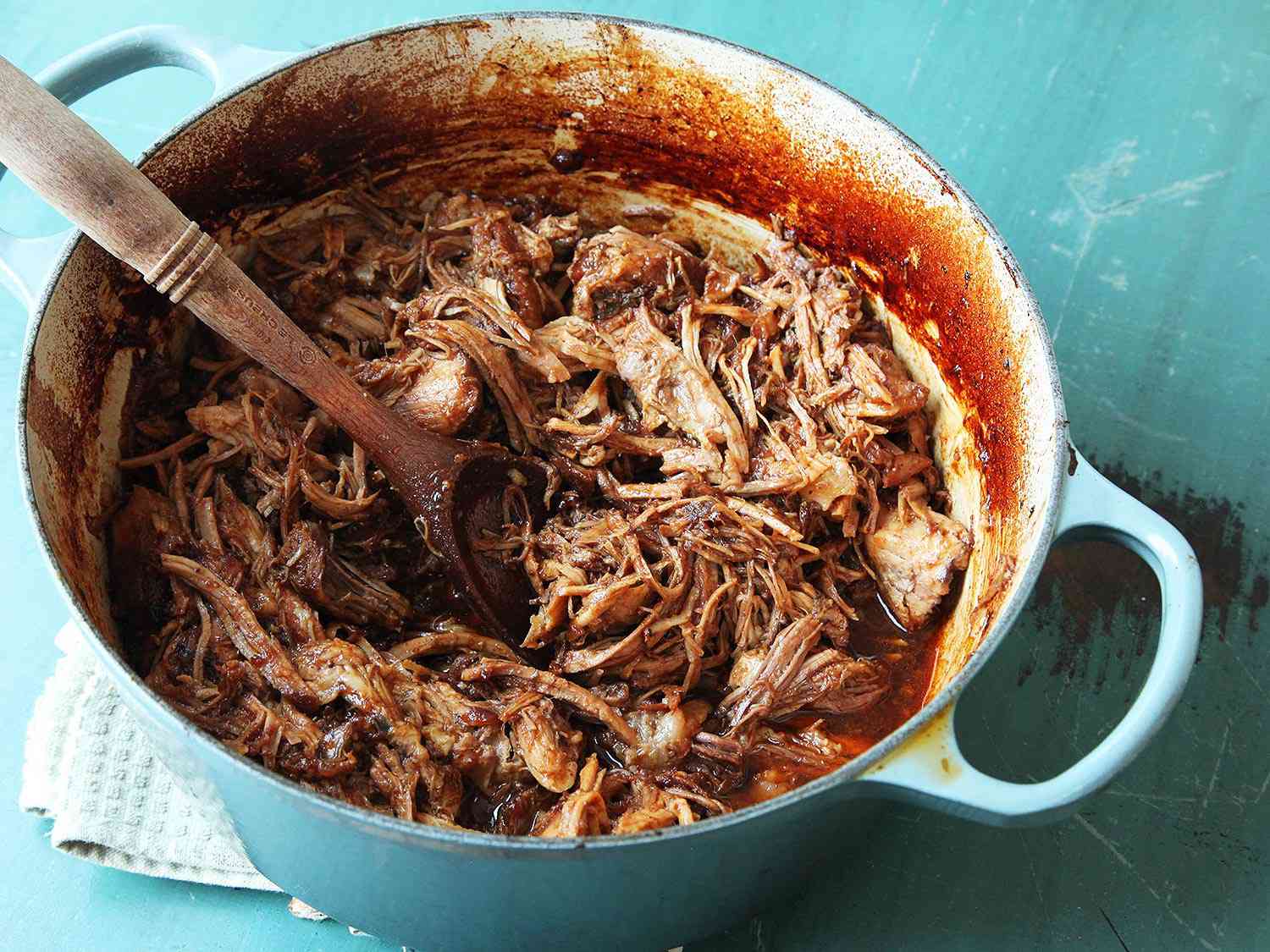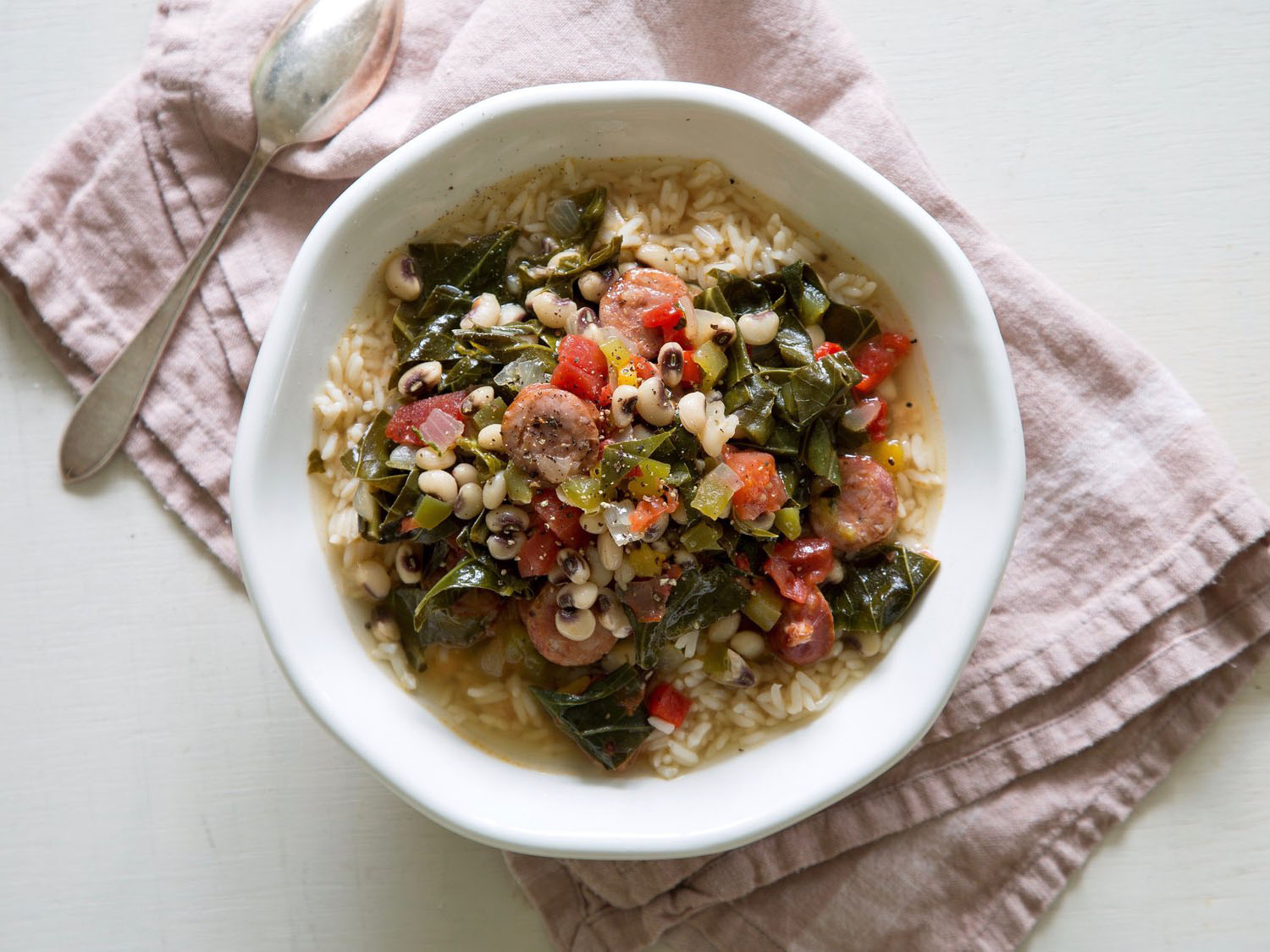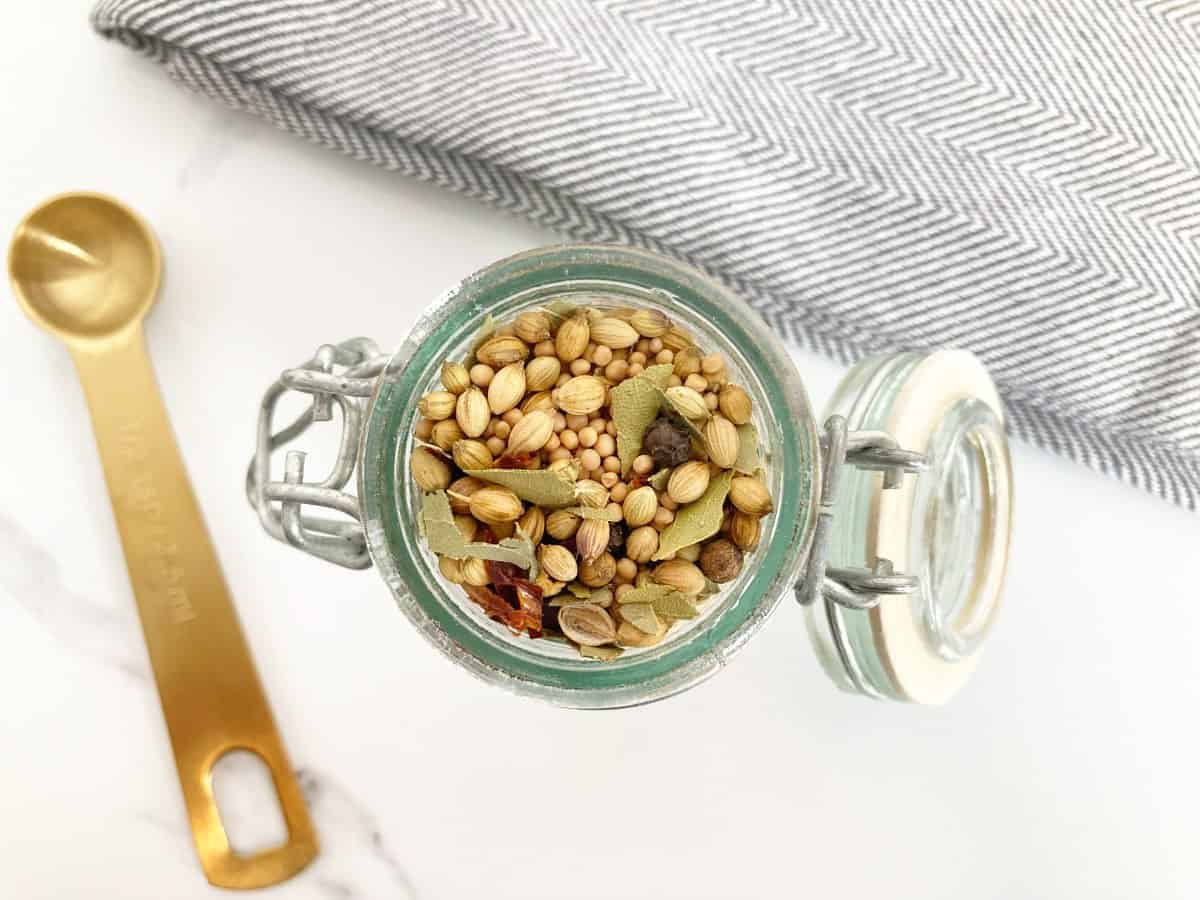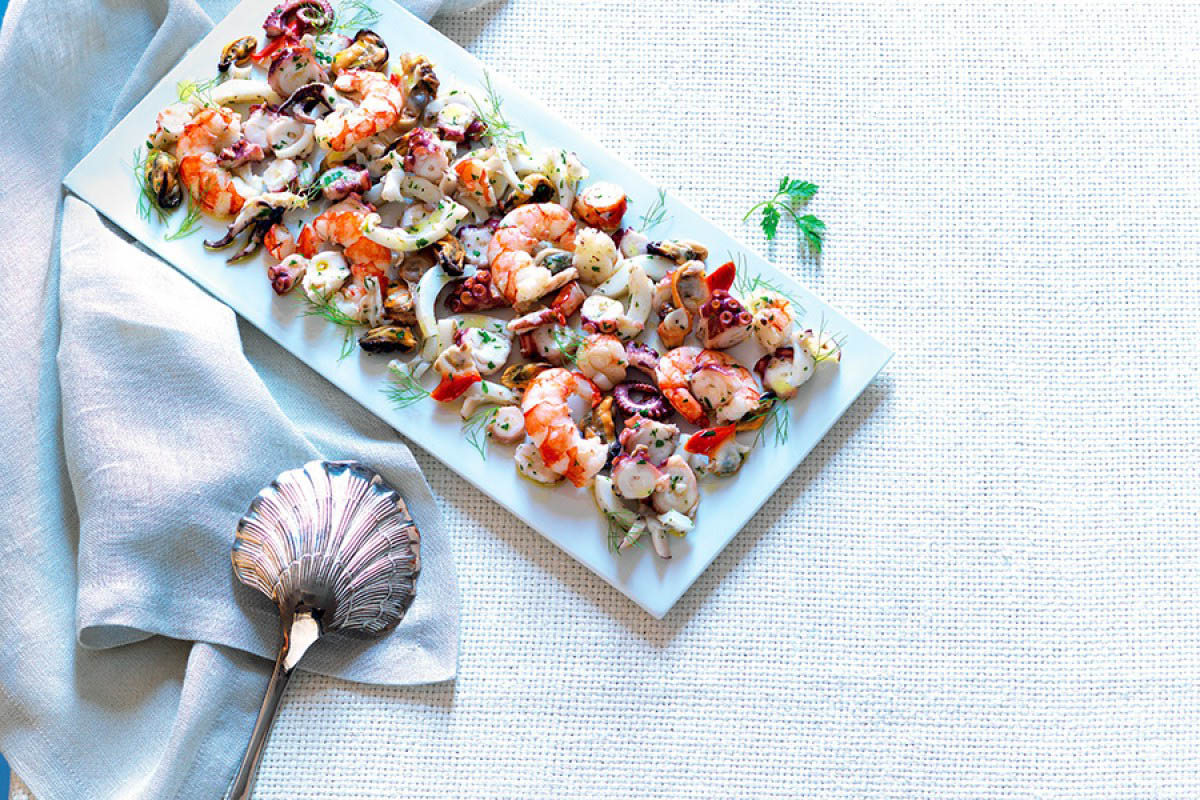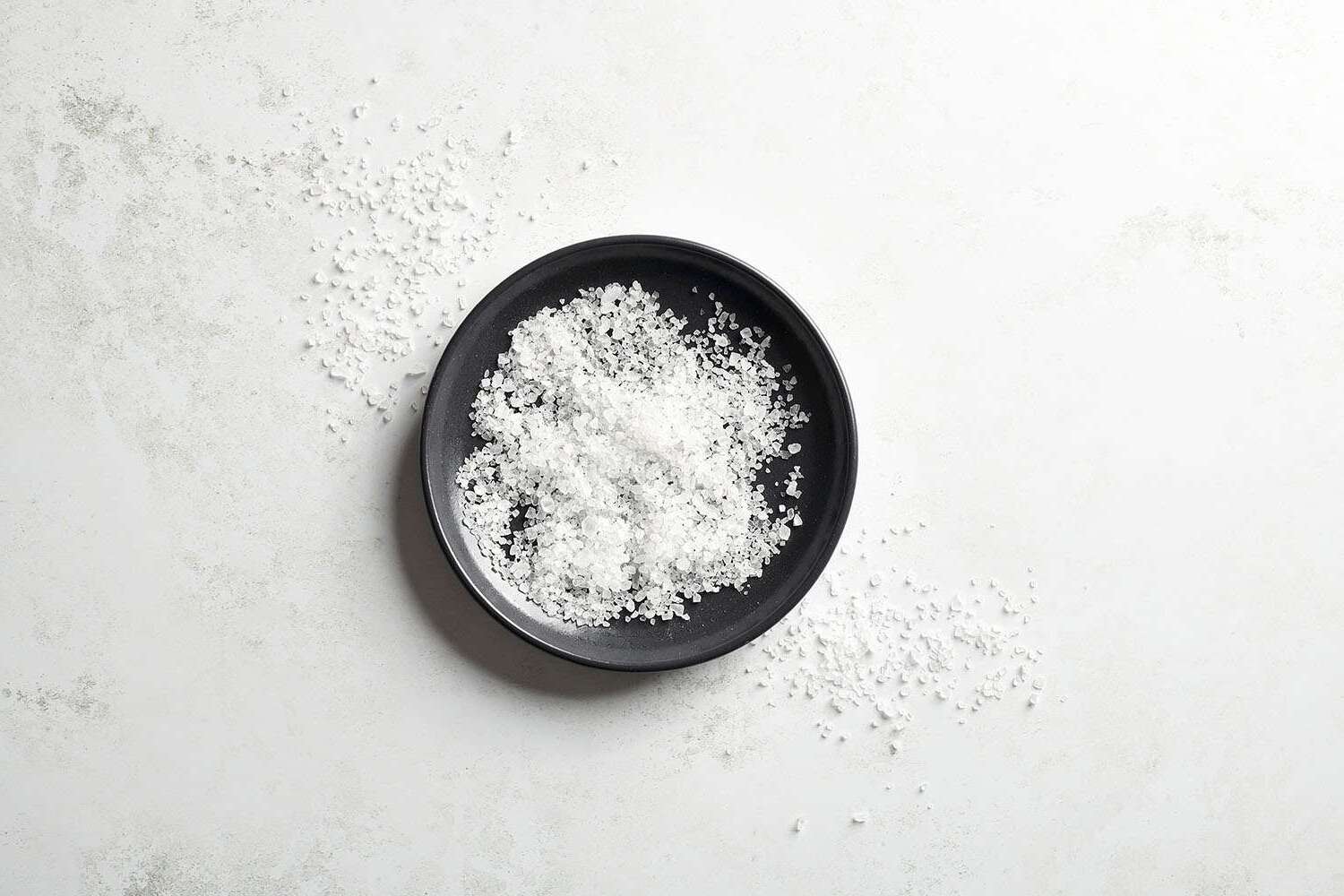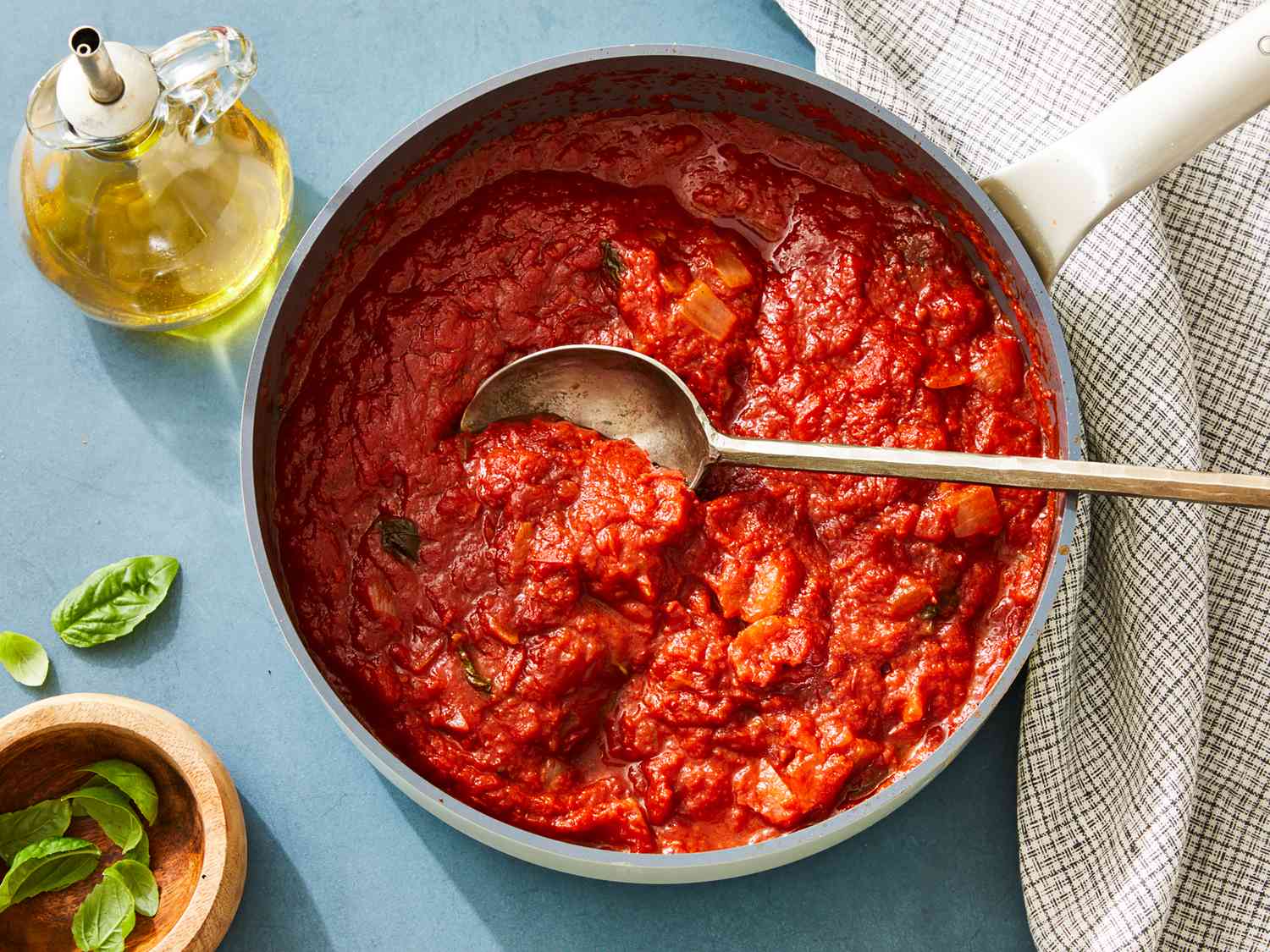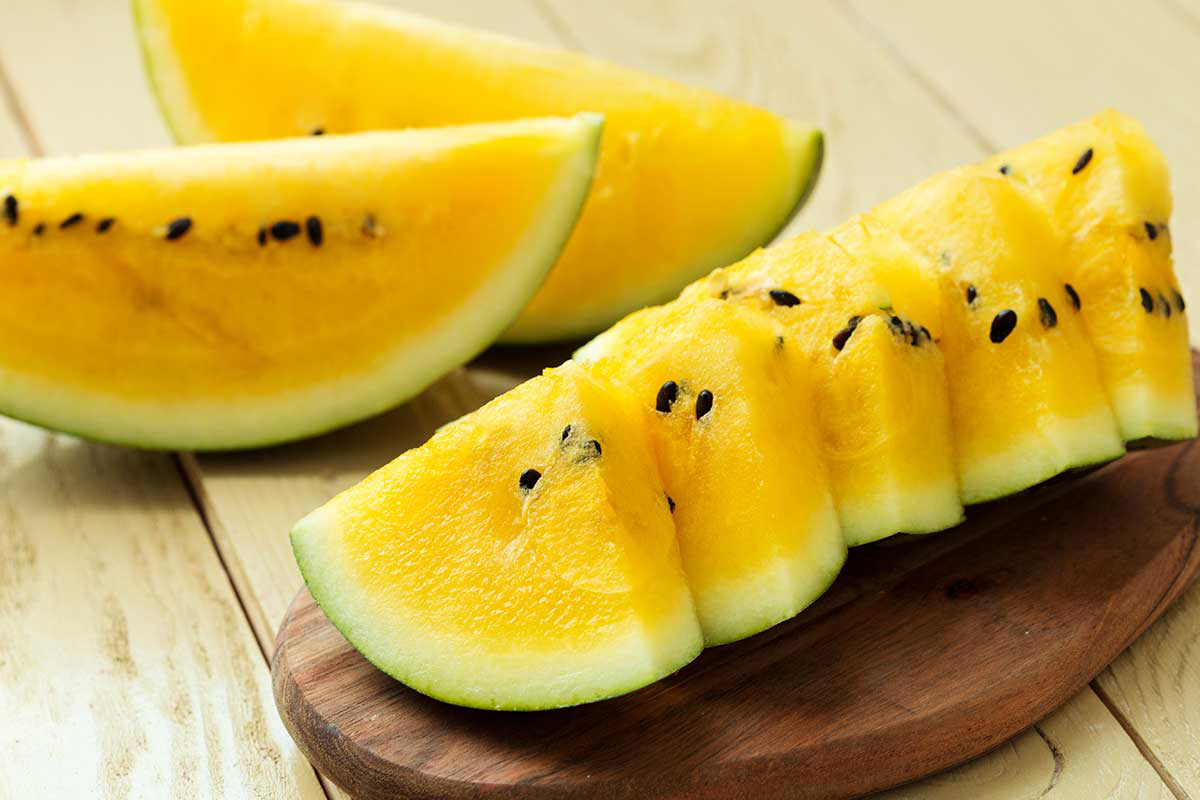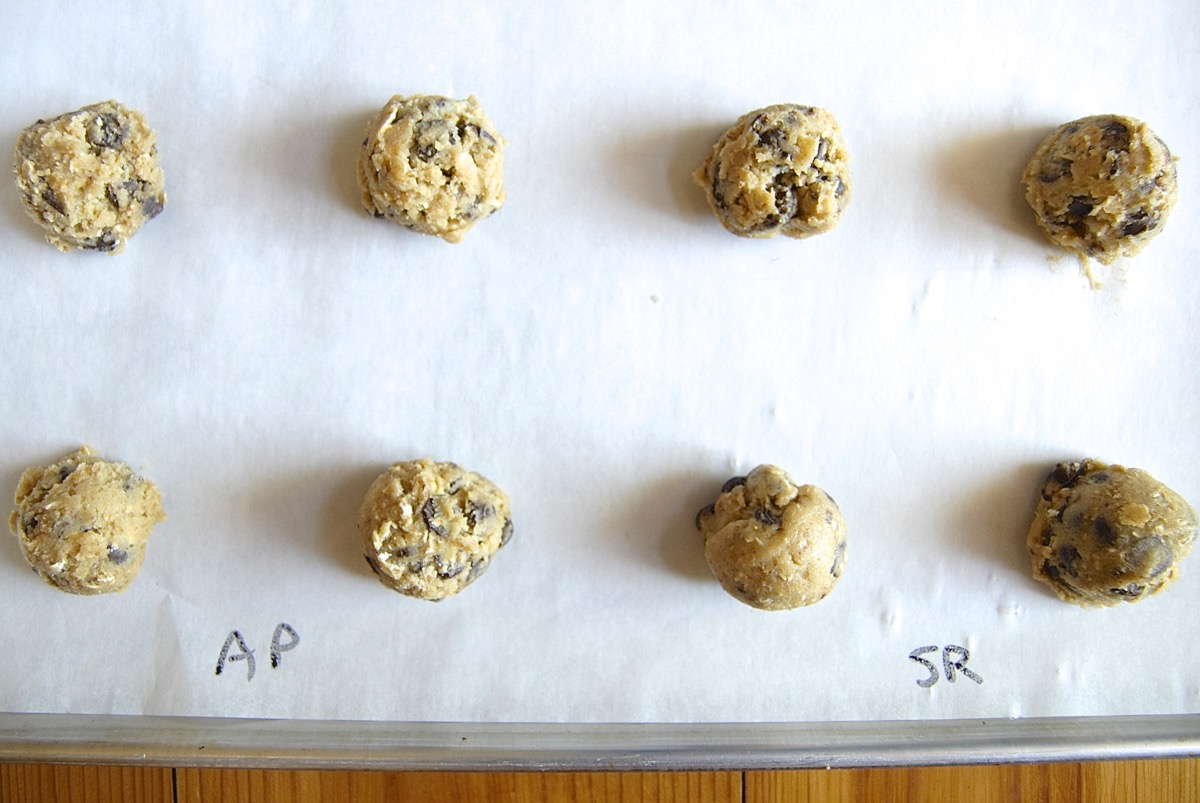Understanding the Ingredients of Wine
Wine is a beloved beverage enjoyed by people all over the world. But have you ever wondered what goes into making this delicious drink? Let’s take a closer look at the ingredients that make up a glass of wine.
Grapes
The primary ingredient in wine is grapes. Grapes provide the natural sugars that are essential for the fermentation process. Different types of grapes can be used to create a wide variety of wines, each with its own unique flavor profile.
Yeast
Yeast is a crucial component in the winemaking process. It is responsible for fermenting the sugars in the grapes, turning them into alcohol. Without yeast, grape juice would remain just that – juice, rather than transforming into the beloved alcoholic beverage we know as wine.
Sulfites
Sulfites are naturally occurring compounds that are also added to wine during the winemaking process. They help to preserve the wine and prevent it from spoiling. While some people may be sensitive to sulfites, they are generally recognized as safe for consumption and play a vital role in maintaining the quality of the wine.
Acids
Acids, such as tartaric acid and malic acid, contribute to the overall flavor profile of wine. They provide the characteristic tartness and balance the sweetness of the wine. The presence of acids is essential for creating a well-rounded and enjoyable drinking experience.
Tannins
Tannins are compounds found in the skins, seeds, and stems of grapes. They contribute to the structure and mouthfeel of the wine, as well as its aging potential. Red wines, in particular, are known for their tannic qualities, which add complexity and depth to the flavor profile.
Water
While it may seem obvious, water is a critical ingredient in winemaking. It serves as the medium through which the flavors and compounds from the grapes are extracted during the fermentation process. The quality of the water used can have a significant impact on the final product.
Conclusion
So, the next time you raise a glass of wine, take a moment to appreciate the natural ingredients that come together to create this timeless beverage. From the sweetness of the grapes to the transformative power of yeast, each component plays a vital role in shaping the wine we know and love.
Understanding the ingredients of wine can deepen your appreciation for the art and science of winemaking, and perhaps even inspire you to explore new varieties and flavors. Cheers to the wonderful world of wine!
Was this page helpful?
Read Next: What Is Sour Cream Made Of?
